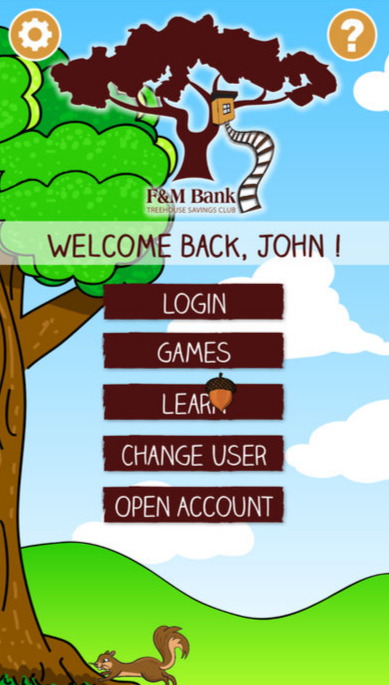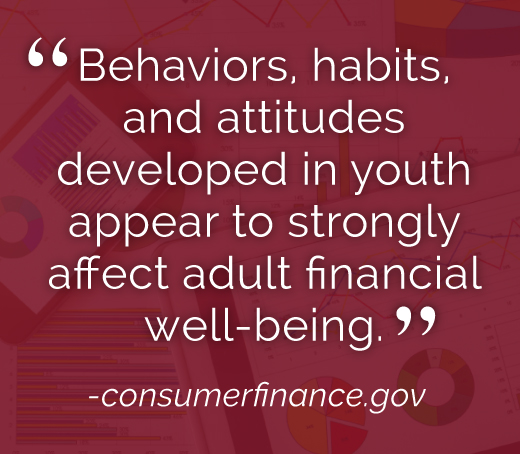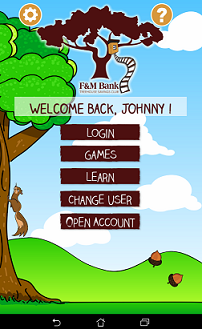How Tax Reform Will Impact The Shenandoah Valley Housing Market
In this article, we cover some of the provisions of the new tax legislation according to their potentially positive or negative impacts on the housing market, followed by a discussion of what would happen to real estate in a high-inflation environment, and why that’s important.
Taxes are one of the most influential factors on the price of a house. Local property tax rates, the portion of a buyer’s paycheck that goes to Uncle Sam, and various other taxes influence the “amount of house” one can afford. Since most people with mortgages have their loan payment, insurance, and property taxes bundled together, high property taxes can greatly diminish the size of the mortgage loan a buyer can qualify for.
For example, a $175,000 mortgage (30 years, 4 percent interest) carries a payment of about $835 before insurance and taxes, with every $20,958 of the loan equivalent to $100/month of payments. However, if the property tax is $6,000 a year, or $500 a month, the buyer would be paying an amount of tax that, if it didn’t exist, could qualify them for almost an additional $105,000 of principal. Of course, all houses have some level of property tax. The good news for the Shenandoah Valley real estate market is that property taxes are generally lower than in other states, particularly higher-tax states on the coasts.

Now that Congress has passed the Tax Cuts & Jobs Act of 2017, how will the housing market be affected? The bill’s various repercussions include a permanent reduction in corporate tax rates, temporary reductions in individual tax rates, and the elimination of certain deductions in exchange for an increase in the standard deduction. In this article we cover some of the provisions of the new tax legislation according to their potentially positive or negative impacts on the housing market, followed by a discussion of what would happen to real estate in a high-inflation environment, and why that’s important.
Positive Effects
- Estate tax exclusion: The estate exclusion doubles to $11.2 million. While this could have a beneficial impact on home prices in the top percentile, it’s unlikely to affect the rest of the market.
- Economic Optimism: Data shows Americans are feeling more optimistic about the economy now than they have in years. This could be good for real estate, as positive feelings about the future tend to inspire big decisions like buying or selling a home.
Negative Effects
- Standard deduction: The revision of the standard deduction (increased to $12,000 for single filers and $24,000 for families) is expected to mildly dampen demand for home buying because of the decreased incentive to itemize deductions such as mortgage interest and property tax–two reasons a person considers purchasing a home versus renting.
- Caps on mortgage interest /property tax deductions: The new tax law caps state income and property taxes at $10,000. The maximum amount of a mortgage that can have interest written off on it is $750,000. Implementation of the mortgage interest/property tax write-off caps is expected to disproportionately influence the housing markets in states with both high property taxes and home prices. These would generally be states with large urban areas and more affluent populations. Since median home prices in the Shenandoah Valley are well below the maximum, and property taxes are low, our local real estate markets shouldn’t be hurt by these caps.
- The end of the “moving expenses” deduction: Now only members of the military can claim moving expenses as a deduction on their taxes. One would think that the effect of this would be minimal, but it’s potentially negative in terms of house prices and value.
Could The New Tax Policy Over-Stimulate The Economy?

The Tax Cuts & Jobs Act, which is projected to add more than one trillion to the deficit over the next 10 years, is a stimulus of sorts—it uses deficit spending to provide tax cuts that primarily benefit corporations and those on the upper rungs of the income ladder. Currently, with unemployment at 4.1% as of January 2018 and record highs in the stock market (along with very high house prices)—not to mention an 0.5% inflation reading in the Consumer Price Index for January—there is a possibility that the tax policy could lead to several rate hikes.
The current stated intention of the Federal Reserve is to raise interest rates three times this year. The threat of inflation, then, is real, and mortgage rates could spike—the current 4% to 4.125% that’s typical of a 30-year fixed loan is historically low to begin with. Home prices would likely decline by a good amount if inflation was accompanied by a lack of concurrent elevations in wages. If annual inflation as measured by the CPI is 6%, but wages only go up an average of 3%, purchasing power would be reduced at the same time that interest rate hikes are causing home prices to go up.
To put this into perspective, let’s return to our $175,000 mortgage, 30-year fixed at 4%, with a payment of about $835. This payment goes up to around $939 if the interest rate is 5%, and up to about $1044 if it goes up to 6%. With stagnant wages (what was called “stagflation” in the 1970s), this would reduce the number of potential buyers of houses at given prices, theoretically causing prices to drop. Alan Greenspan, the former chair of the Federal Reserve, has posed the argument in favor of the case for potential stagflation.
The Good News About The Shenandoah Valley Real Estate Market
Negative impacts aside, there’s plenty of bright side to look on from a financial perspective of home shopping in the Shenandoah Valley. Median home prices and the number of homes purchased in major markets such as Harrisonburg have increased over the past few years as the area becomes more attractive to different demographics such as families and retirees. Furthermore, most of the tax bill’s housing-related propositions are for tax bills that are far greater than the typical tab for a single-family property in the Shenandoah Valley’s most popular towns, and a $750,000 mortgage cap for interest write-offs is far above the median home price of a place such as Harrisonburg, even with the price increases (which have placed Harrisonburg’s median at about $200,000).
Overall, home buyers are just as likely to weigh lifestyle preferences such as proximity to work and family as abstract economic conditions. Luckily, The Shenandoah Valley is a great place to buy a home for both financial and emotional reasons. Strong schools, a good job base, university presence, and outdoor recreational options are all qualities of our region that most home buyers have on their wish list.

With interest rates still relatively low, now is as good a time as ever to think about buying your first or next home. Contact F&M Bank’s mortgage team for expert advice and help with getting the right loan to buy the perfect home for you and your family.
We do not provide tax advice. Please contact your tax advisor.


 Best Money Apps for Kids
Best Money Apps for Kids









